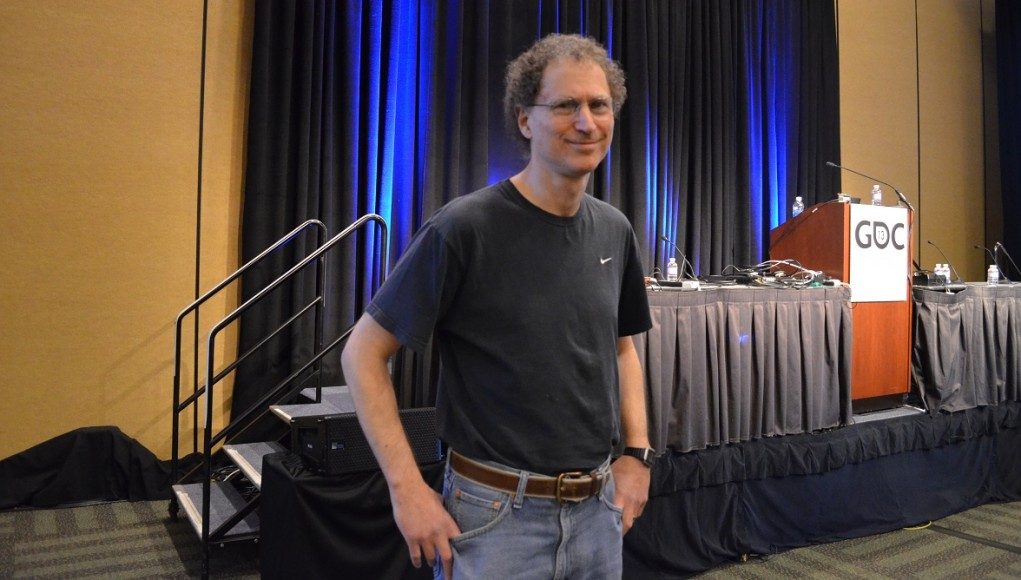This is half persistence, where pixels remain lit for half the frame.
And this is zero persistence, where pixels are lit for only a tiny fraction of the frame – but with very high intensity to compensate for the short duration.
Both OLEDs and LCDs can be full persistence or less.
Scanning lasers are effectively zero persistence.
Now we come to the crux of the matter.
High persistence, together with relatively low frame rate, causes what cinematographers call “judder”, a mix of smearing and strobing. This diagram shows why.
Here we see the case where the eyes track a virtual object that’s moving across the display. This could involve tracking a virtual object that appears to be moving through space, or it could involve turning the head – to which the display is attached – while fixating on a virtual object that isn’t moving relative to the real world. The second case is particularly important for two reasons: one reason is that we tend to turn to look at new things by moving our eyes first, then fixating on the new target while the head rotates to catch up, and the second reason is that the relative speed between the display and the eyes can be an order of magnitude faster when the head rotates than when tracking a moving object without the head turning, with correspondingly larger artifacts.
Ideally, the virtual object would stay in exactly the same position relative to the eyes as the eyes move. However, the display only updates once a frame, so, as this diagram shows, with full persistence the virtual object slides away from the correct location for the duration of a frame as the eyes move relative to the display, snaps back to the right location at the start of the next frame, and then starts to slide away again.
See All GDC 2013 News










